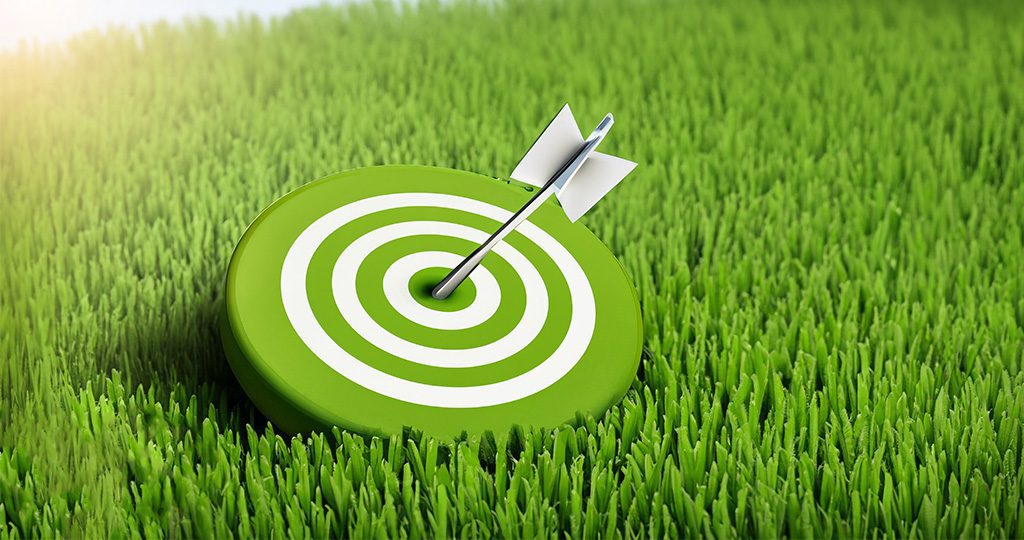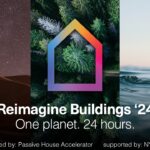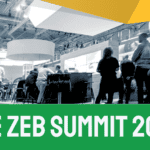Energy efficiency targets for new homes are getting tougher all the time. Ireland’s nearly zero energy building standard (NZEB) requires that new homes be at least 70% more energy efficient than those built in 2005.
With both Ireland and the UK planning major housebuilding drives, maximising energy efficiency in new build is critical as both countries strive to achieve net zero carbon by 2050.
Along with cutting emissions, delivering energy efficiency in homes will bring other benefits, such as:
- Lower energy bills
- More comfortable homes
- Less risk of fuel poverty
- Healthier indoor spaces (so long as an effective ventilation system is specified too)

The role of airtightness
Delivering energy efficient buildings doesn’t just require big ticket items like superinsulation, triple-glazed windows and heat pumps. It also means getting the details right, and making homes airtight through good design, smart product specification, and careful workmanship.
Airtight grommets are a relatively new product designed to seal one of the trickiest points in the building envelope: where cables, pipes or ducts pass through the airtight layer.
In this blog, we’ll learn about:
- Why airtightness is critical to energy-efficient construction
- Where air leaks occur from the building envelope
- Strategies for minimising air leakage at penetration points
- Why airtight grommets are so effective at sealing penetrations
What is airtightness and why is it so important?
Air leaks are one of the most common pathways for heat to escape from buildings. One estimate says that air leaks are responsible for almost one quarter of final energy use by buildings in the United States, for example.1 Air leaks bring cold air in and let warm air out, meaning more energy is needed to heat the home and to make its occupants comfortable.
Where does air leak from homes?
Most modern construction features an airtight layer. For the main building elements like the walls and roof, this might be an airtight material such a vapour control membrane, or a coat of plaster.

What’s critical for delivering whole-house airtightness is making sure the junctions between these airtight elements, and any penetrations through them, are sealed.
Air leakage mostly occurs where two buildings elements meet. Examples of such junctions include:
- Where walls meets the roof
- Where walls and floors meet
- Where walls and windows meet
- Where building services such as pipes, cables or ducts pass through the airtight layer
Not only do gaps at these points cause heat loss, they can also be a conduit for moisture-laden air, which may condense and cause damp and mould.
The benefits of an airtight home
Delivering an airtight envelope requires real attention to detail during both the design and build. But airtightness brings significant benefits, such as:
- Less draughts and a more comfortable home
- Fewer carbon emissions from home heating
- Lower energy bills
- Safeguarding your building by stopping moist air from moving through the structure
- Healthier indoor air — uncontrolled air movement can bring mould spores and other pollutants into your home, but when airtightness is combined with a mechanical ventilation system, it can help to protect indoor air quality.
Understanding airtight grommets
Some of the trickiest points in the airtight envelope are service penetrations. Where cables, pipes or ducts pass through the airtight layer, an airtight seal must be achieved, or else the airtightness of the finished build will be compromised. One recent product innovation that seeks to solve this challenge is the airtight grommet.
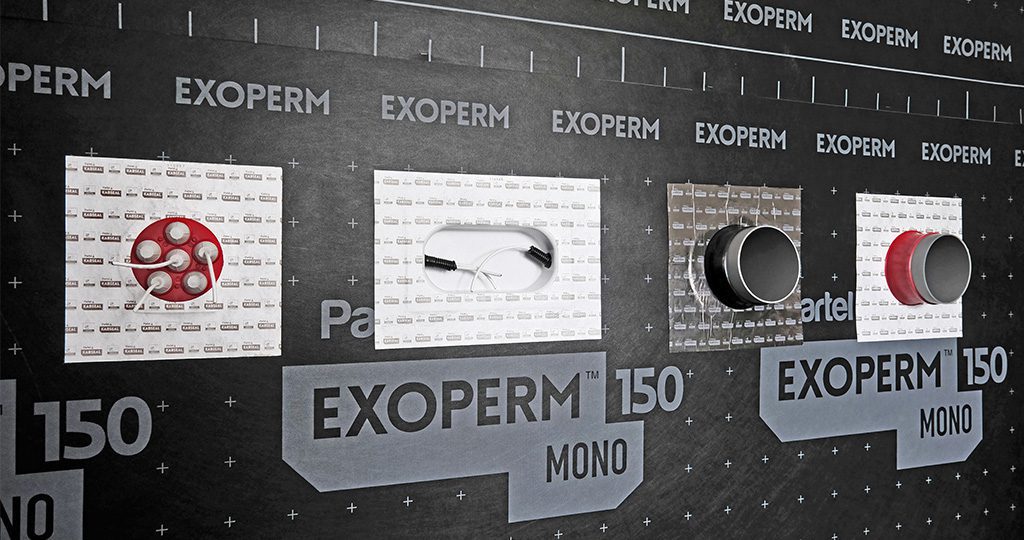
In general terms, a grommet refers to a ring used where a wire, cable or rope passes through a sheet of material. In high performance building, airtight grommets guide a penetration through the airtight layer while forming an airtight seal.
Here’s how airtight grommets work:
- Airtight grommets are typically made from EPDM, a type of synthetic rubber that is durable, flexible and heat resistant.
- The grommet is undersized relative to the diameter of the cable, pipe or duct that passes through it. This allows the grommet to cling tightly against the material, creating an airtight seal.
- The base of the grommet is then sealed to the surrounding airtight layer with an airtight tape, or the grommet may be self-adhesive.
Airtight grommets are available in a wide variety of sizes. See more below on Partel’s range of airtight grommets.
Ensuring a proper seal around electrical and plumbing penetrations
While airtight tape can be used to seal penetrations back to the airtight layer, it can be awkward and time consuming to achieve a quality seal in this fashion. High performance airtight grommets offer a number of advantages:
- Achieving an airtight seal is easier and faster
- Tapes rely on adhesion, and any movement of the cable or pipe can beak the seal. EPDM grommets are naturally flexible and rely on grip rather than glue, so they allow for some movement of the building elements.
Partel’s airtight solutions for pipe, cable and wire openings
Airtight grommets are available in a wide variety of sizes to accommodate different types of pipes, cables and ducts.
Partel’s range of KABSEAL airtight grommets includes:
- KABSEAL PRO, which comes in diameters ranging from 4 mm up to 220 mm
- KABSEAL PRO 6, for sealing up to six cables or other conduits through a single grommet
- KABSEAL GAS, specifically designed to prevent the infiltration of radon gas, and available in diameters ranging from 8 mm to 165 mm
- KABSEAL HEAT, which can withstand temperatures up to 250 C
KABSEAL PRO, KABSEAL PRO 6 and KABSEAL GAS are all certified by the Passive House Institute.
Thermal bypass and airtight grommets
Airtight grommets can help to prevent one of the sneakiest forms of heat loss from buildings: thermal bypass. This occurs when heat loss bypasses the thermal insulation layer.
In practical terms, this happens when air movement reduces the thermal performance of insulation. The most obvious example is cold wind whistling into the insulation layer through cracks and gaps on the outside of the building, carrying heat off it with it.
But gaps in the airtight layer, on the inside of the construction, can also create air movement that reduces the performance of insulation. This air can also carry moisture that may condense when it reaches colder parts of the building structure.
By effectively sealing around penetrations, airtight grommets can help to prevent thermal bypass.
A comprehensive approach to sealing gaps and cracks in the building envelope
Of course, sealing gaps and cracks in the building envelope isn’t just about specifying the right products, it requires a comprehensive strategy, starting from design stage.
- The first step is to minimise the number of penetrations in the airtight layer through good design. For example, the inclusion of a service cavity in the build-up can help to achieve this.
- Quality training, supervision and workmanship on site — and high performance airtightness products — are critical to delivering an airtight home.
- Besides airtight grommets, a liquid airtight membrane such as VARA FLUID, and split-release tapes such as VARA SEAL, can be useful for sealing difficult junctions and penetrations.
See this technical blog post for more tips on building an airtight structure.
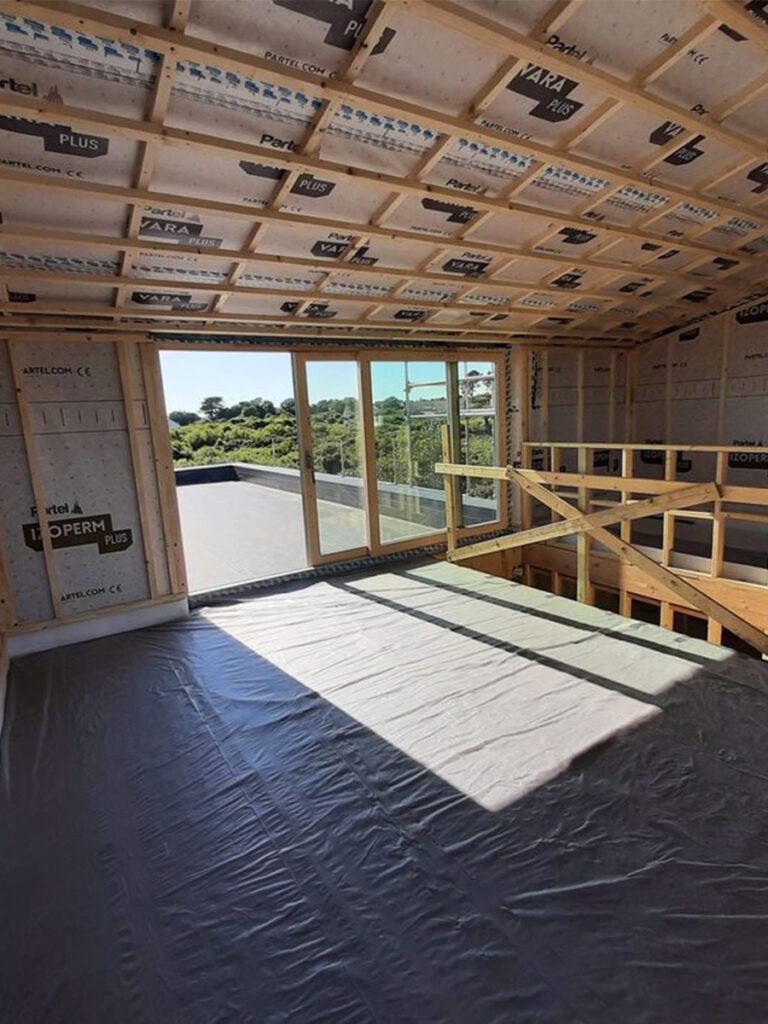
Airtight tapes and membranes – additional systems for enhanced airtightness
Airtight grommets should be specified as part of an overall airtight system. Partel’s airtight grommets are designed to be installed in conjunction with our comprehensive airtightness system, which also includes:
- IZOPERM PLUS passive house certified vapour control layer and VARA PLUS smart vapour control layer
- VARA FLUID liquid airtight membrane
- Our extensive range of airtight tapes, for a wide variety of functions
- ACRAPRIME primers for the pre-treatment of porous surfaces
Conclusion
In this blog post, we’ve looked at the important role that airtight grommets play in delivering an energy efficient home. In summary:
- Airtightness is one of the most critical factors in achieving energy efficiency
- Airtightness means fewer carbon emissions, lower energy bills, and a more comfortable home
- Properly sealing penetrations in the airtight layer —such as for cables, wires and ducts— is critical for achieving an airtight build
- Airtight grommets such as KABSEAL are the most reliable and easiest way to seal many types of penetration
References:

